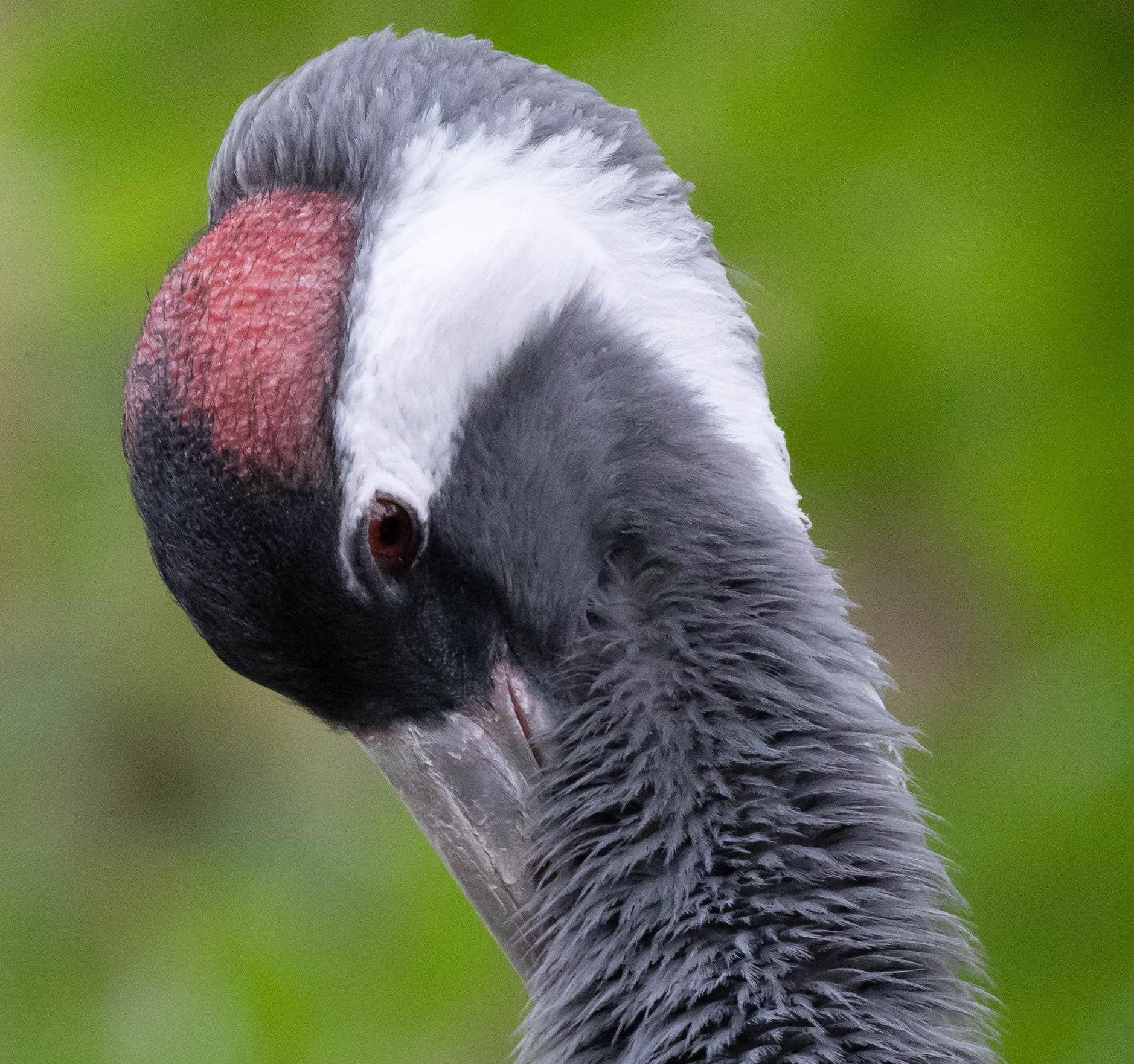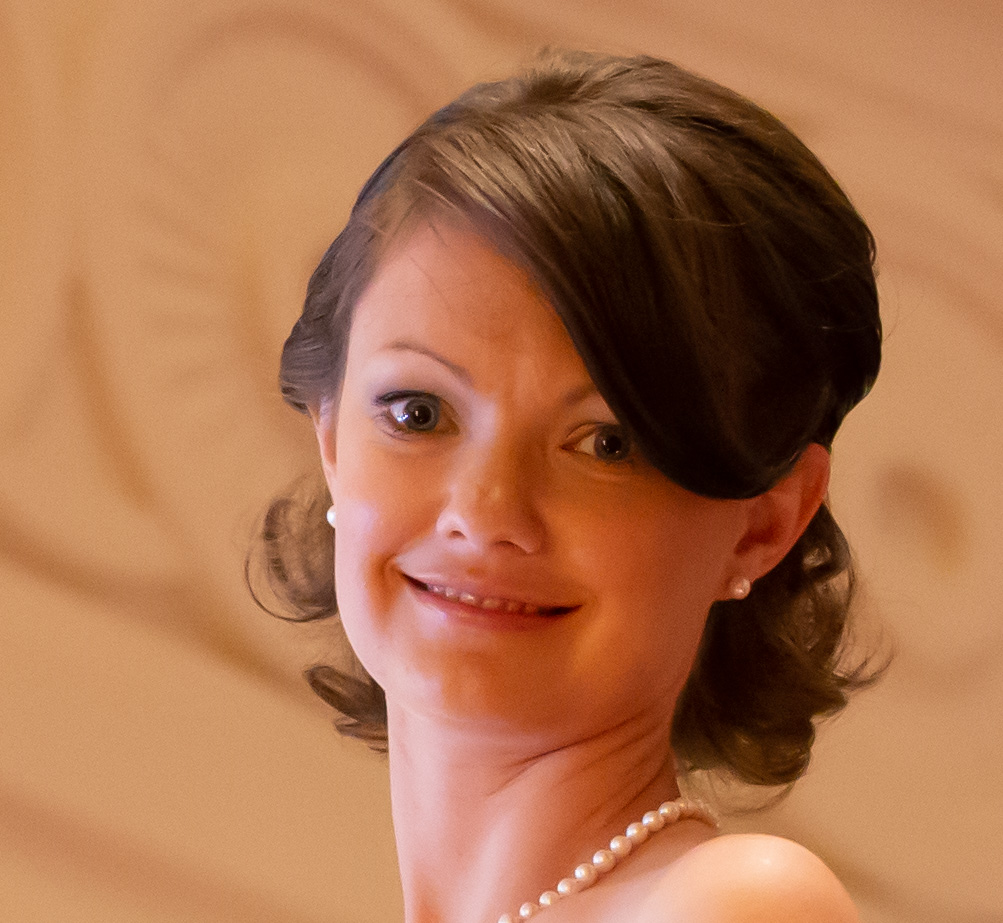

- #On1 nonoise vs topaz denoise software
- #On1 nonoise vs topaz denoise iso
- #On1 nonoise vs topaz denoise windows
They range from the basic tools in your Raw developer to third-noise removal tools powered by AI. However, there are so many techniques of noise removal that it can be hard to pick which one to use. Compare this to DxO DeepPRIME and you’ll find that it’s a technology used in a couple of DxO products (currently PhotoLab and PureRAW). What can you do then The answer is to use noise reduction software.
#On1 nonoise vs topaz denoise software
The new ON1 NoNoise AI image noise removal software is now available for pre-order and is $30 off for a limited time with coupon code NONOISE30. Software Features and Settings On1 NoNoise AI is a dedicated noise reduction application. You can get 15% off all Topaz Labs products with code RUMORS15. First is a list of visible negative effects from photographing with high ISOs so that we may more closely examine the results below.
#On1 nonoise vs topaz denoise windows
Snappier performance – Up to 3x CPU and 12x GPU improvements on Windows and 4x improvements with Macs using discrete GPUs when compared to DeNoise AI 2.4.2 2 Recently, Topaz upgraded their highly regarded Denoise AI with RAW capabilities. Before diving into a comparison of ON1 NoNoise AI and Topaz Labs DeNoise AI, there are a couple of things to point out.Apple M1 plugin support in Adobe Photoshop – Access the DeNoise AI plugin from within Photoshop running natively on Apple M1 silicon without needing to use Rosetta emulation.Improved Comparison View – Select which AI models are displayed to quickly choose the one that best suits your image.
#On1 nonoise vs topaz denoise iso
New Severe Noise AI model – tackle photos suffering from excessive noise due to very high ISO settings and low light conditions.Topaz Labs released DeNoise AI version 3.1 – here is what’s new:

At the time of writing, only DxO PhotoLab 6 Elite has DxO’s latest DeepPRIME XD (eXtra Detail) process, and PureRAW 2 has yet to get this (it has regular DeepPRIME processing).Two new image noise removal solutions were released:

Now DxO’s DeepPrime XD process is so good that it will make this look as if it was shot at ISO while making the detail look even clearer. It’s also a relatively ‘nice’ noise that echoes the dark and misty ambience of a street shot at night. Second, the noise in this image is apparent but not – in my opinion – excessive, and it strikes a good balance between noise reduction and detail rendition, which I think is rather good. First, there has been a quiet but profound revolution in sensor design and noise control, and cameras made now are completely different to those made ten years ago, or even five years ago. This image was taken just a few days ago on a foggy night at ISO 6400 on an Olympus E-P7 – a Micro Four Thirds camera using a sensor format which, we have been told for many years, is dreadful at high ISO settings and way behind bigger-sensor rivals. The app uses AI-based machine learning to remove luminance and color noise while maintaining the detail in an image. My real question is whether we are fussing over nothing, and whether we are being pitched solutions to a problem we don’t actually have? As far as I’m concerned, DxO is a clear winner, but I’ll save a detailed comparison for another day. There are plenty of photography experts who demonise image noise and tell you everything you must do to avoid it, and there are plenty of software companies that will sell you software to fix it – often wildly exaggerating the original problem with images clearly taken at the dawn of digital imaging.įor the record, I have tried regular in-software noise reduction tools, together with AI solutions such as DxO DeepPRIME XD, Topaz DeNoise and ON1 NoNoise AI. First, is your camera really as bad at high ISOs as you think? Second, is noise REALLY that intolerable? And is your attitude to noise stopping you from taking shots you might actually like? Guess the ISO and sensor size? ISO 6400 on Micro Four Thirds, as it happens, and straight from the camera.


 0 kommentar(er)
0 kommentar(er)
